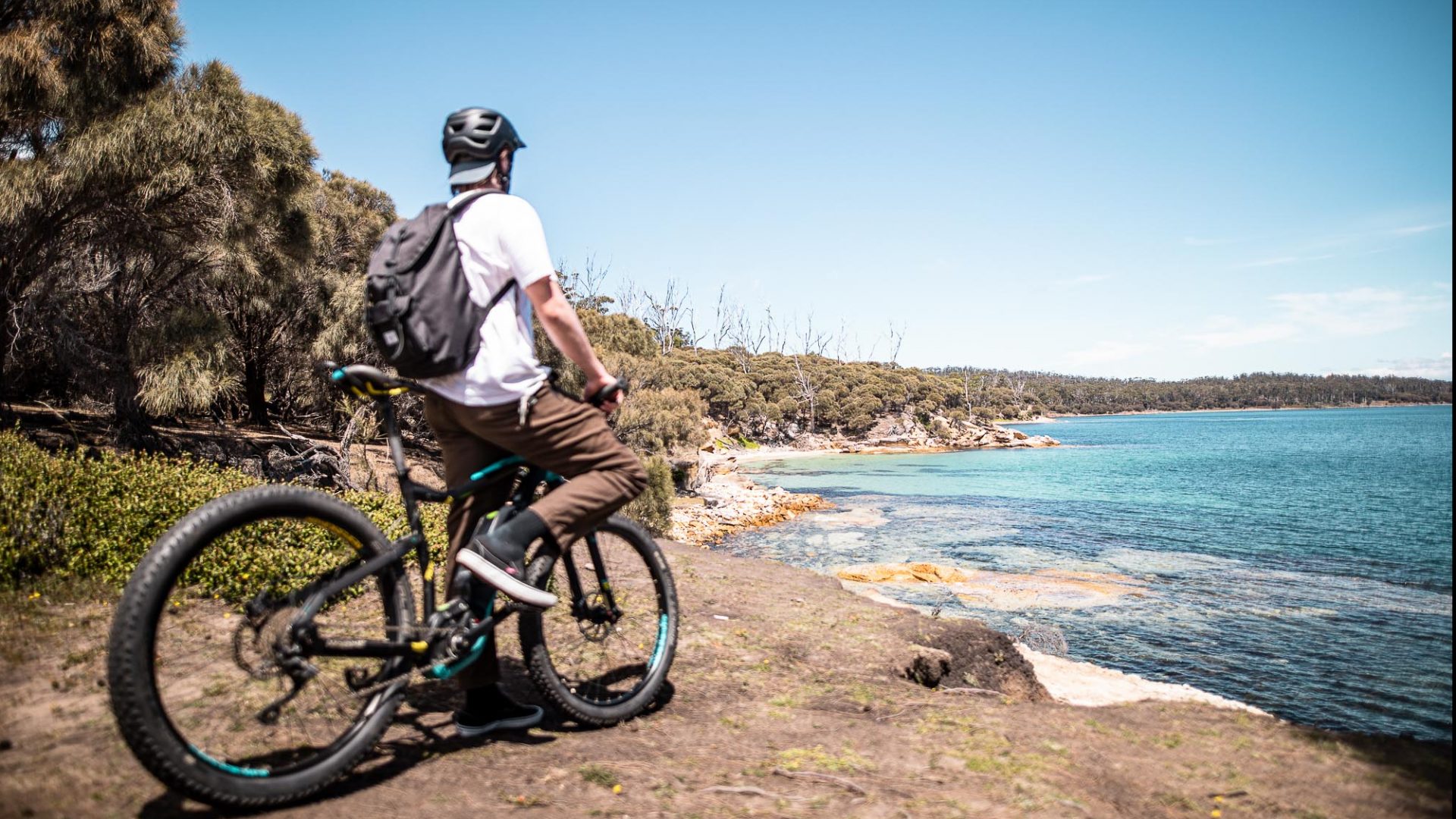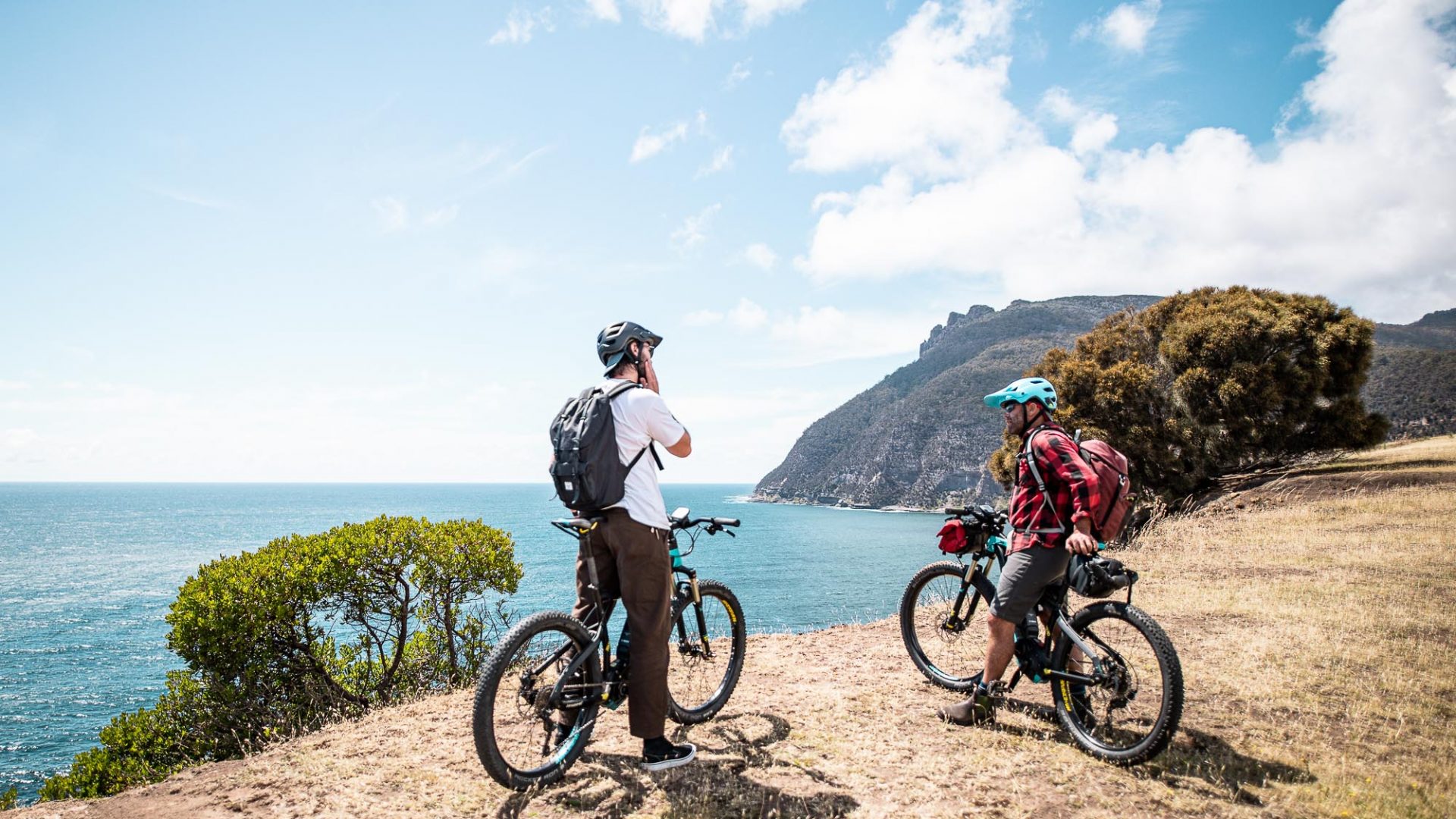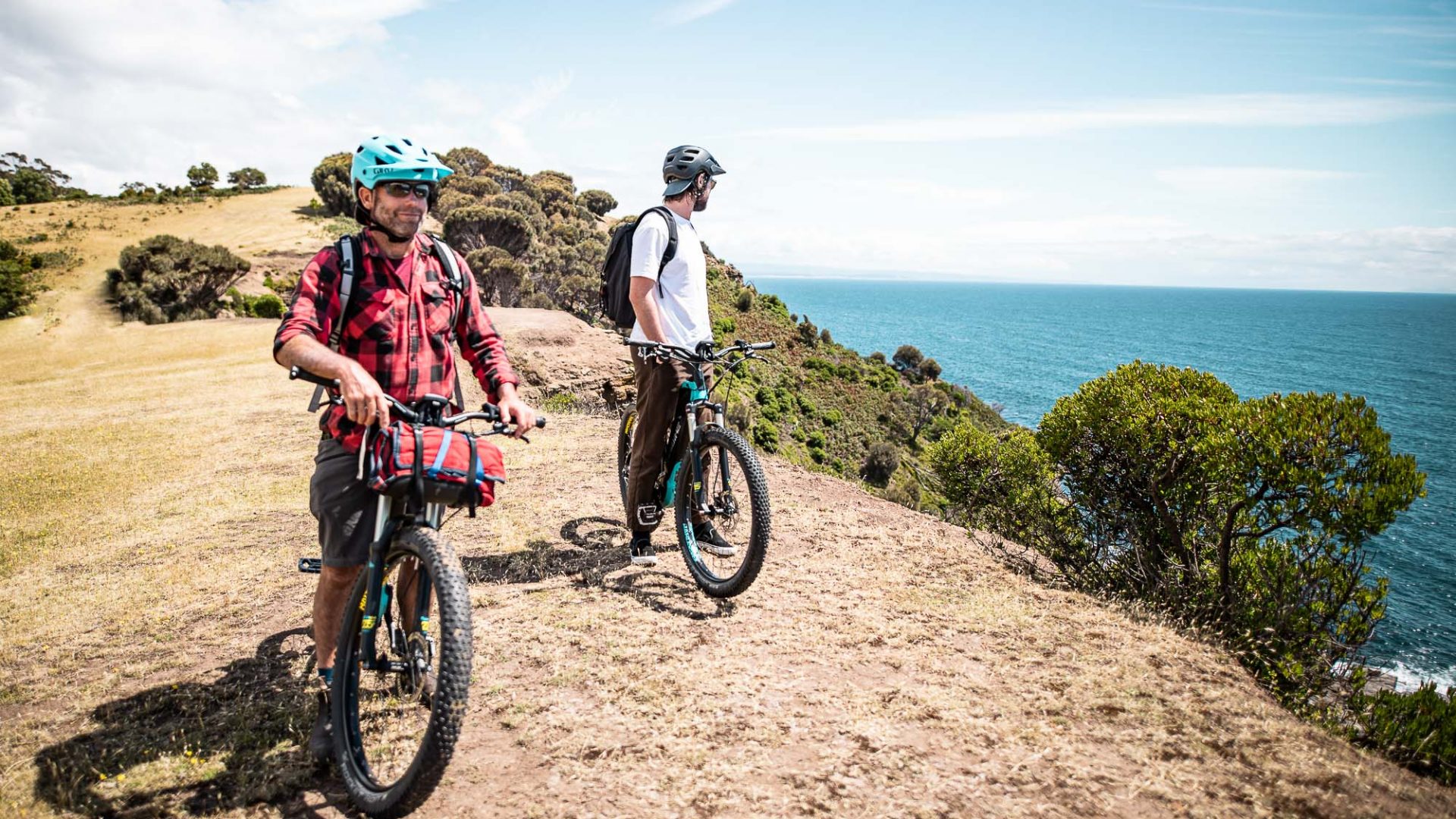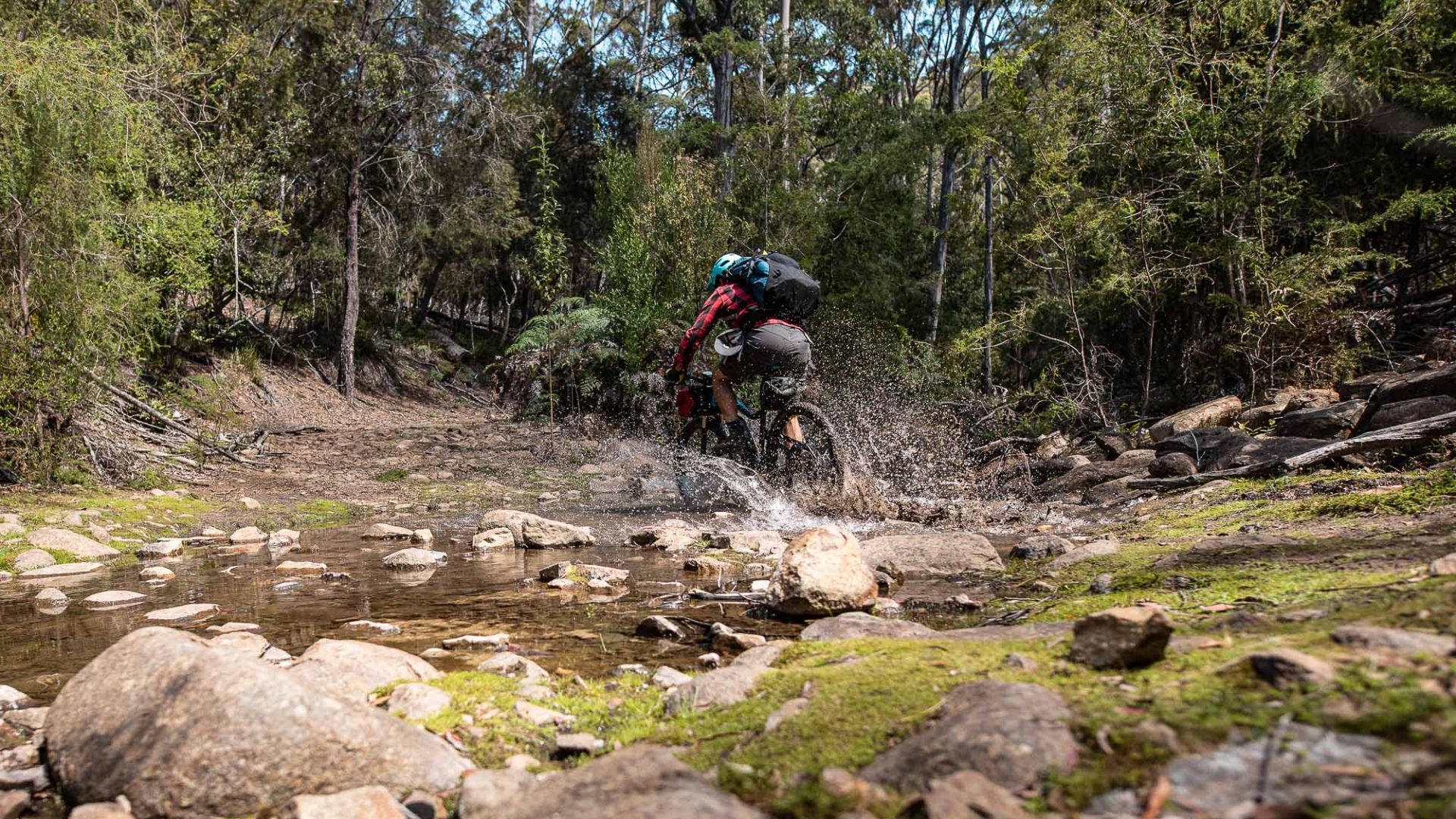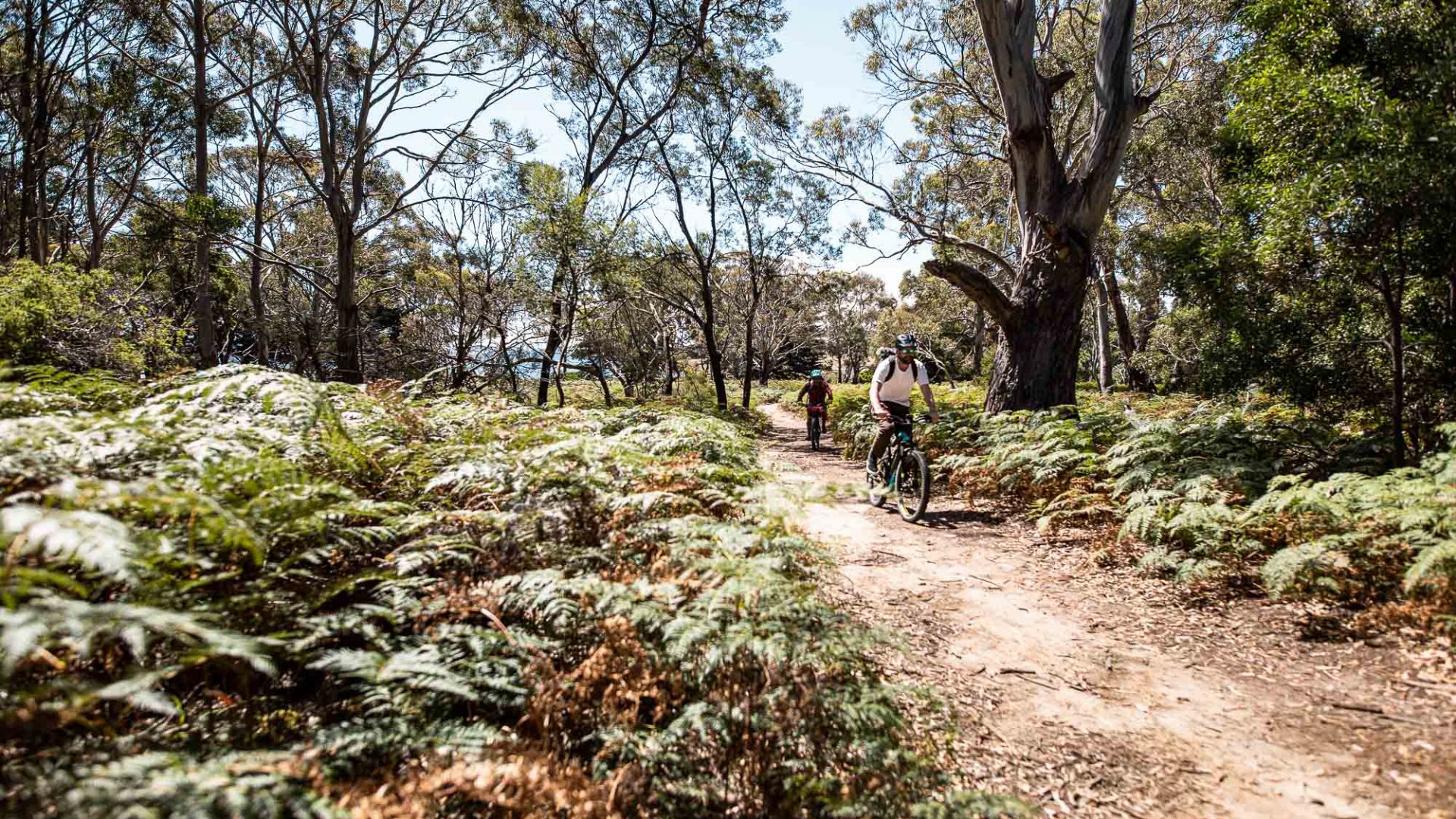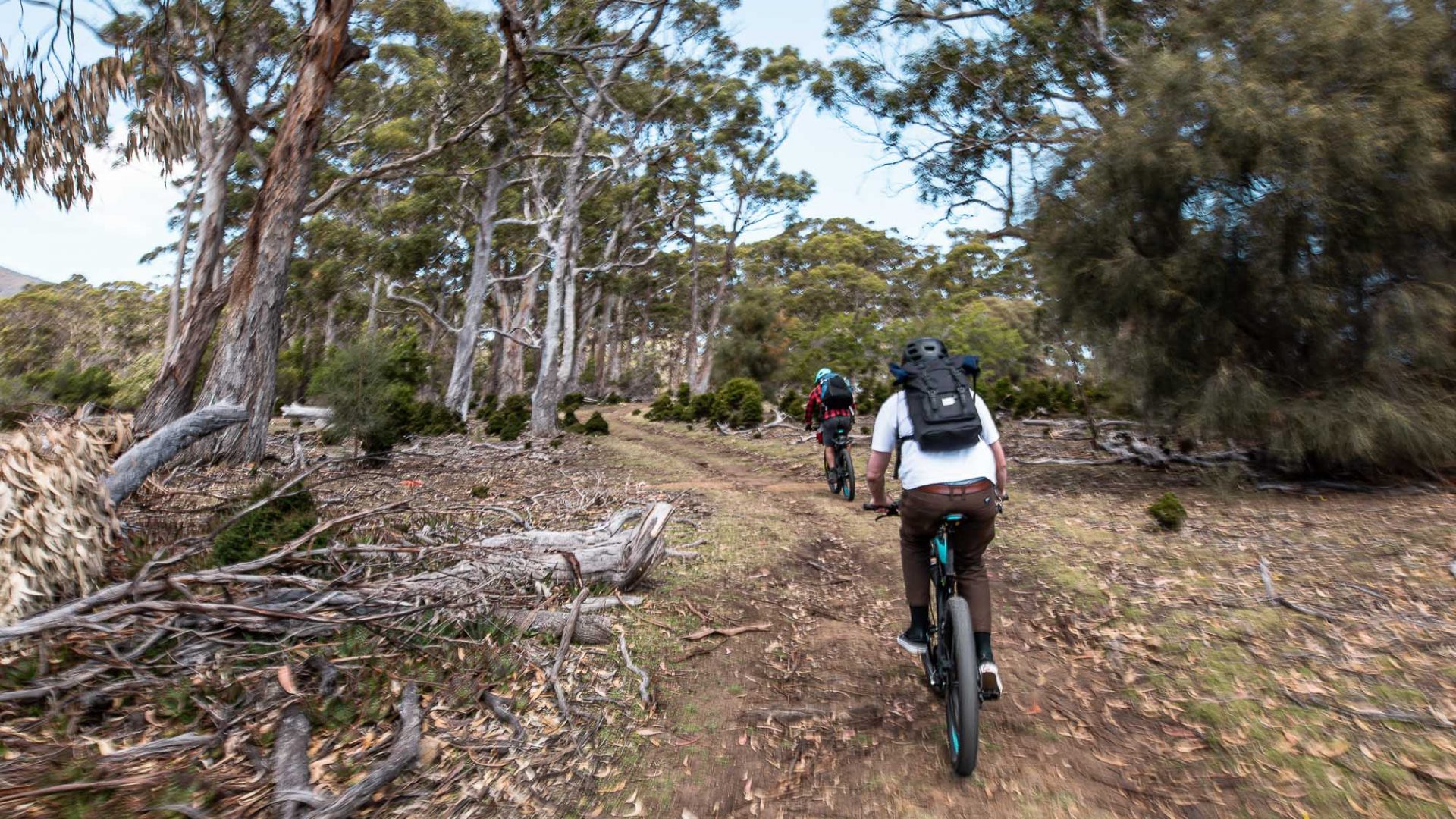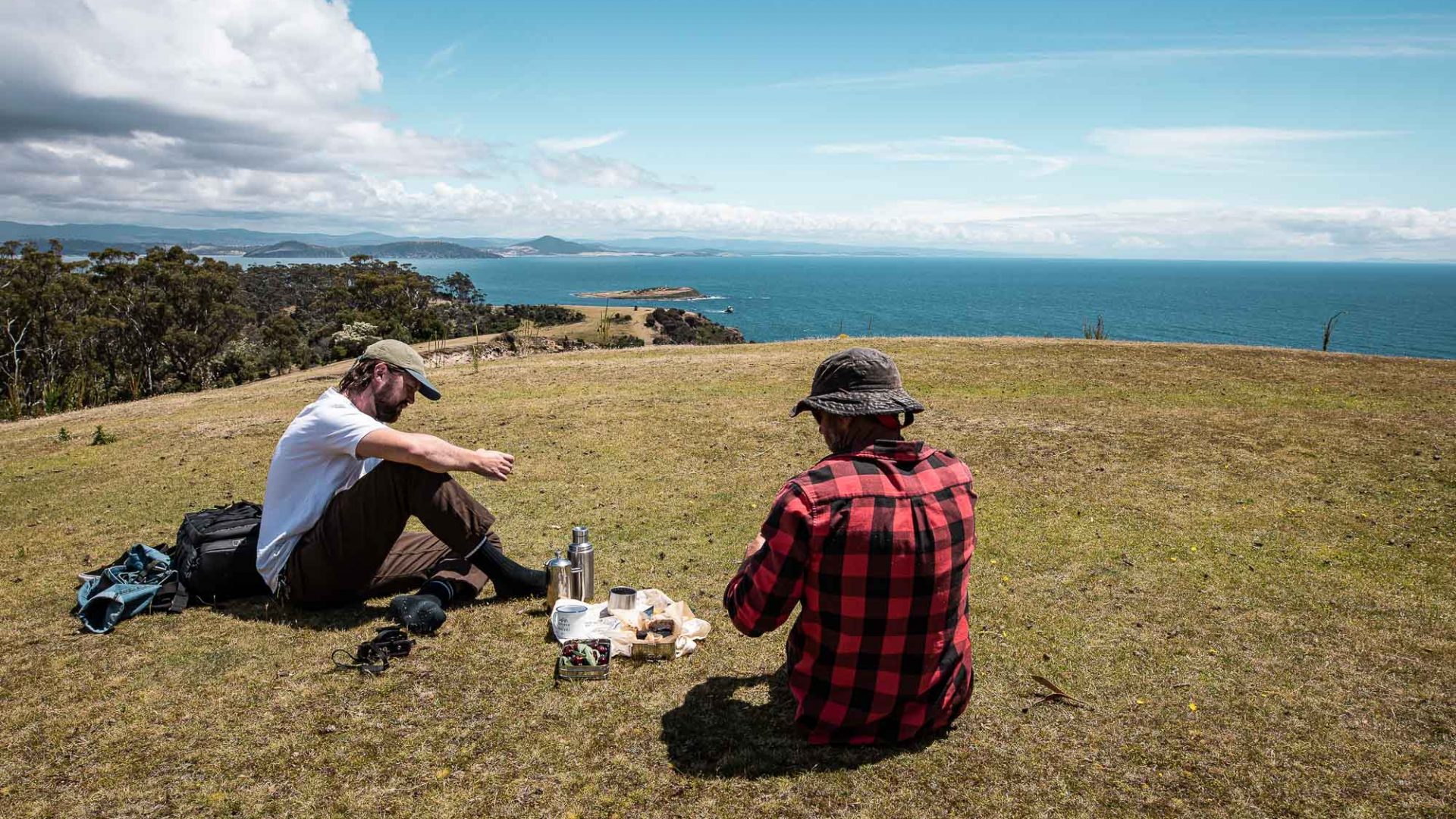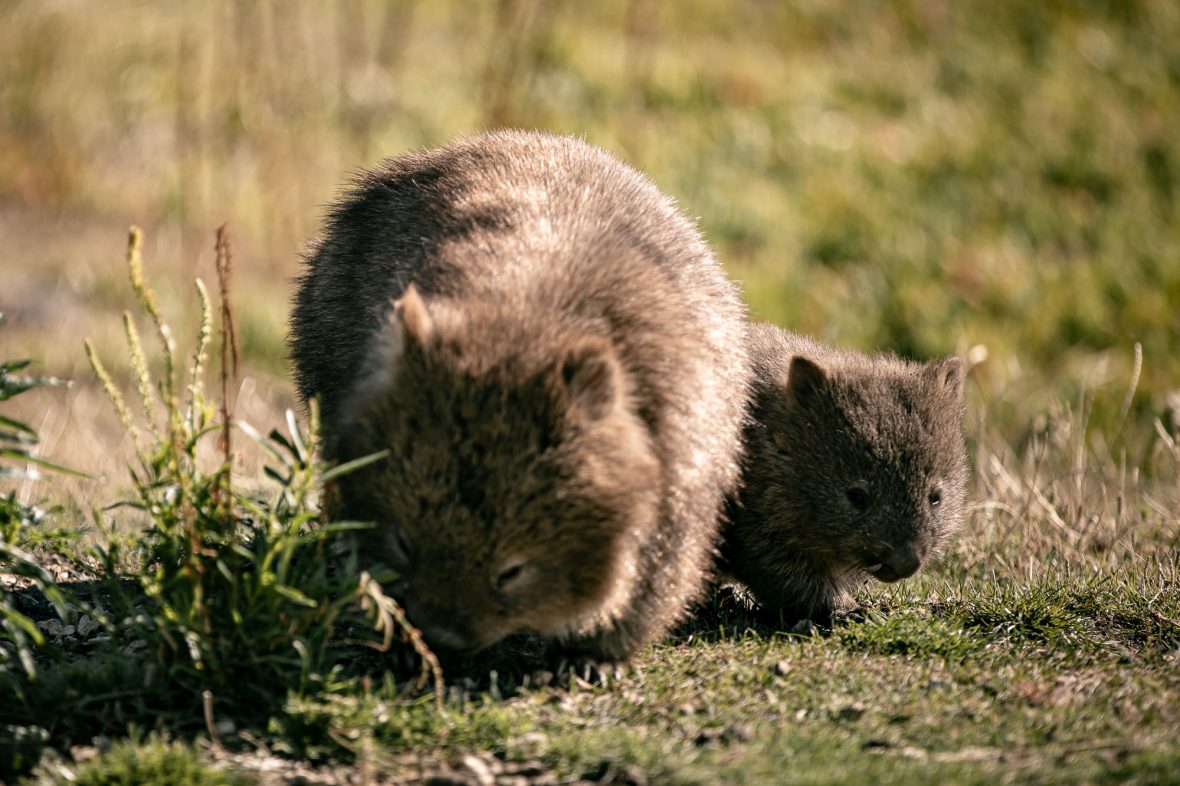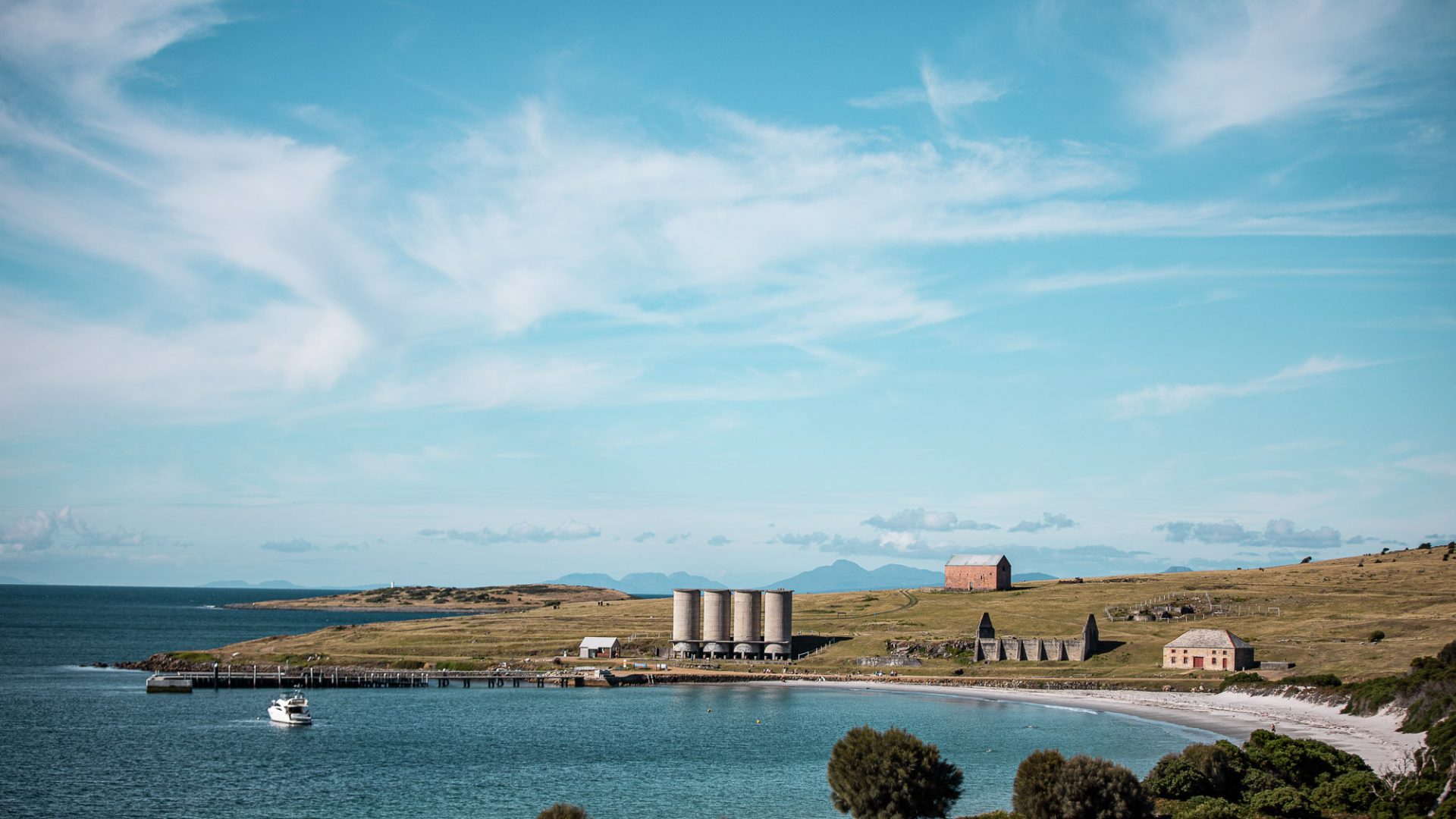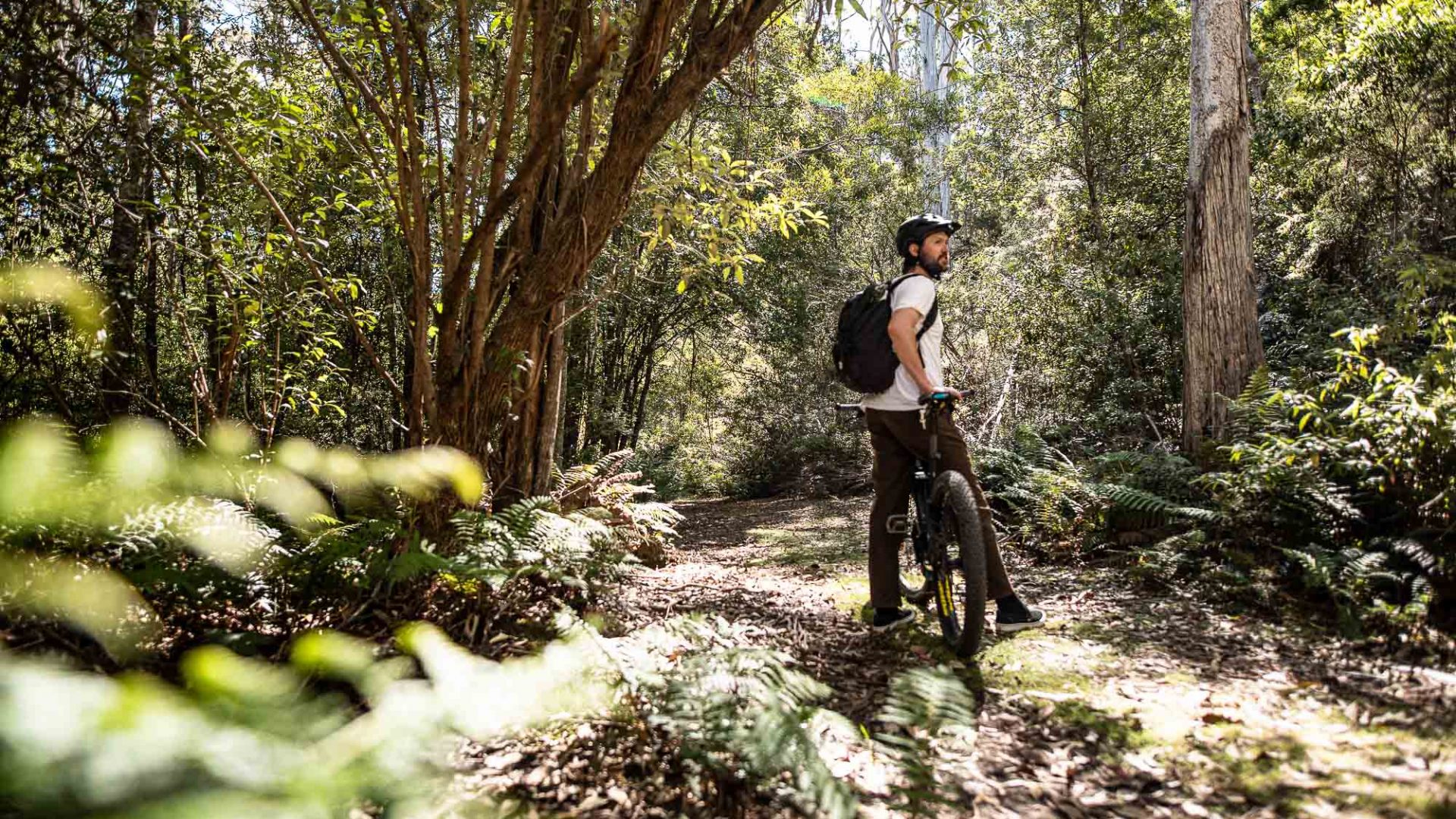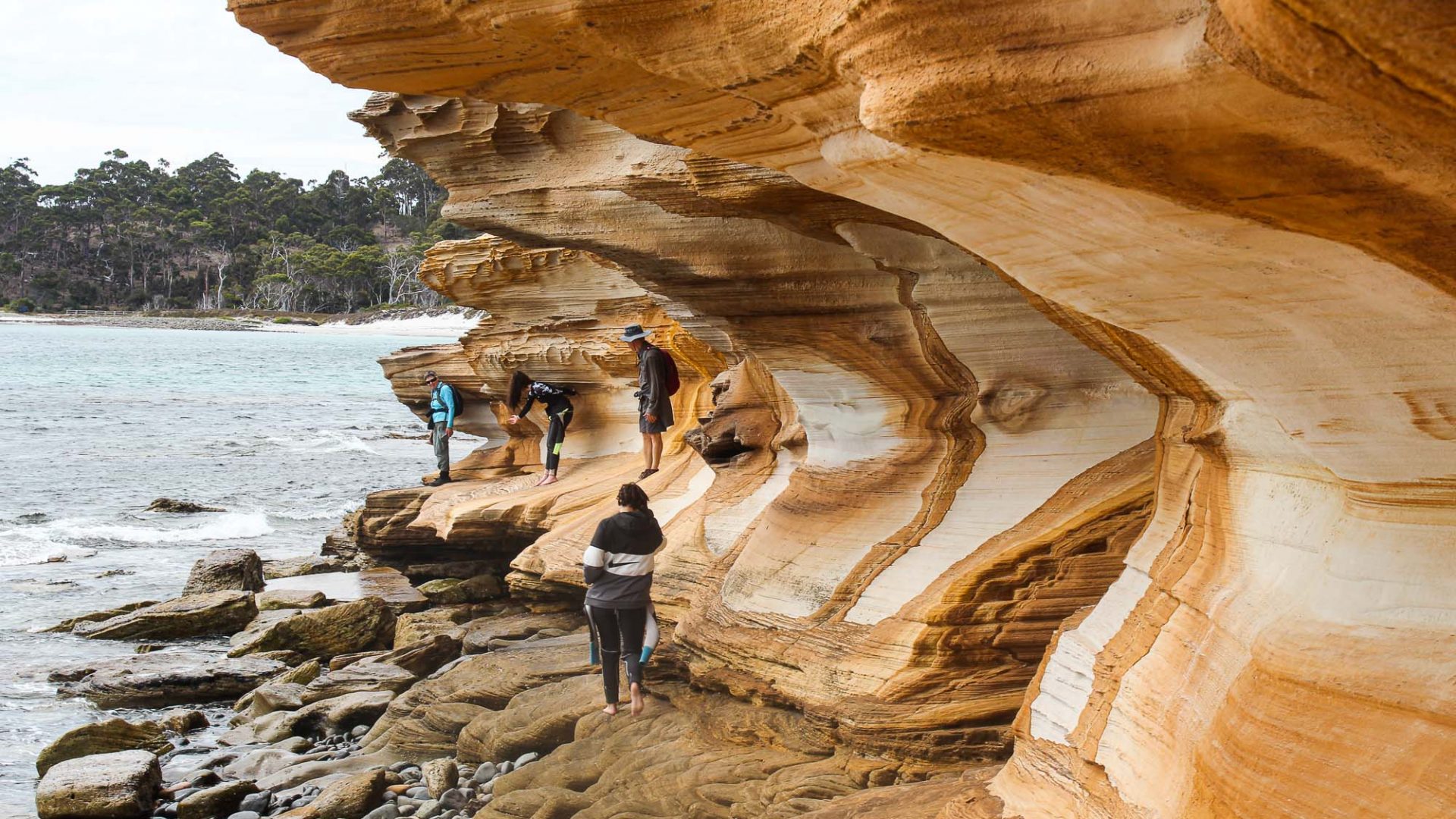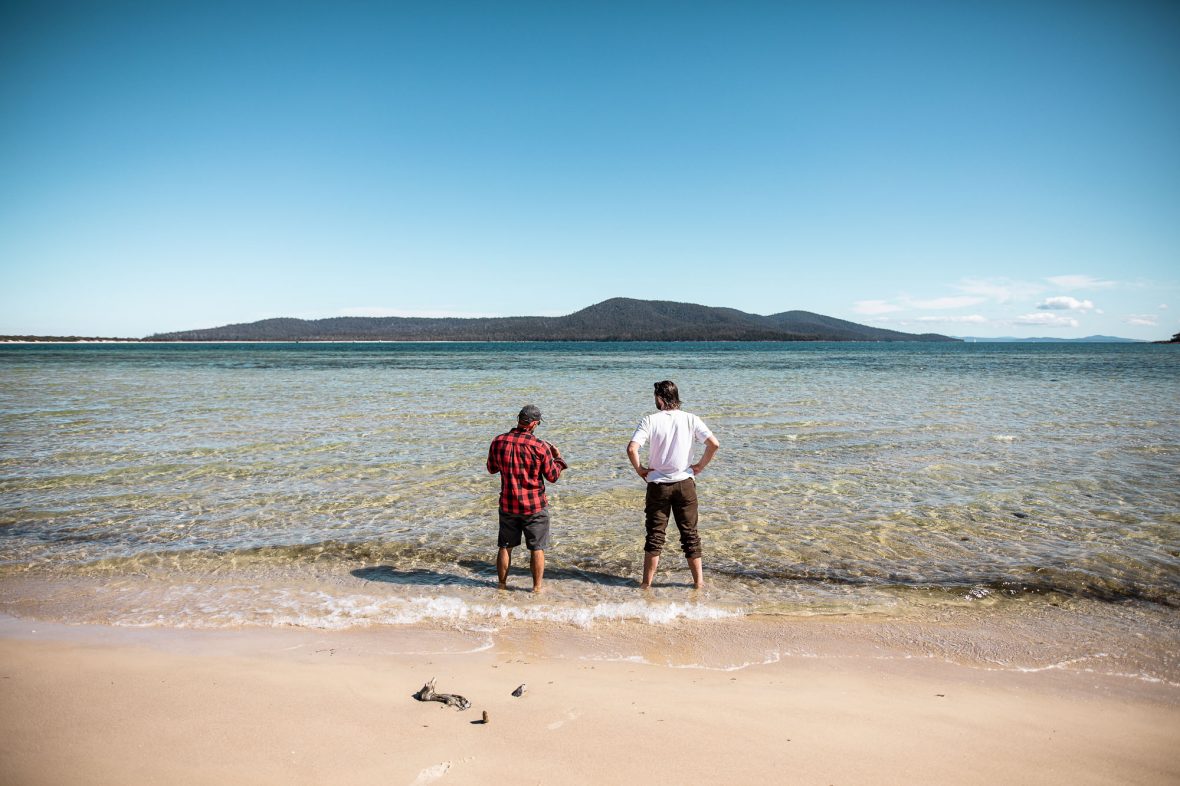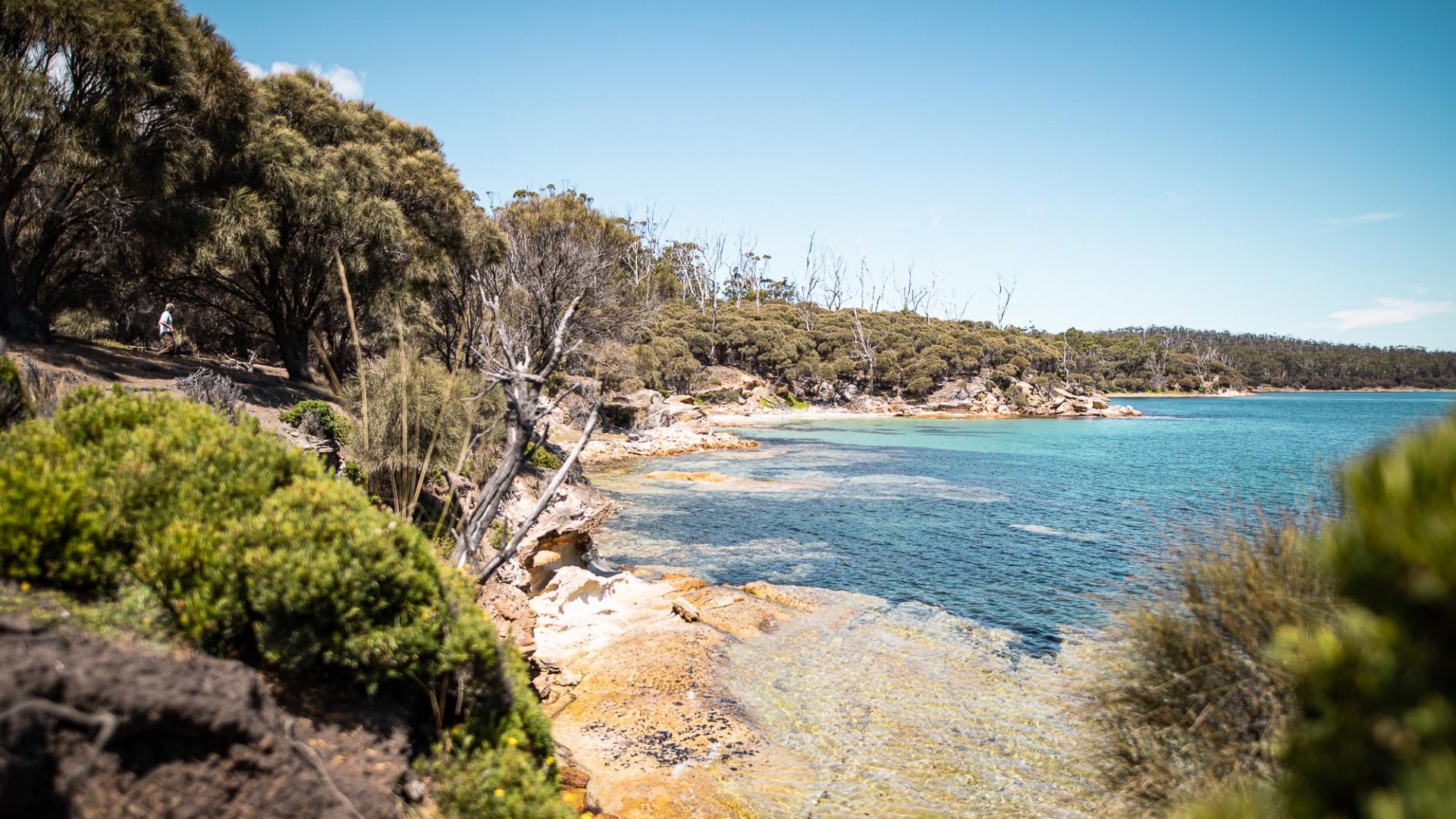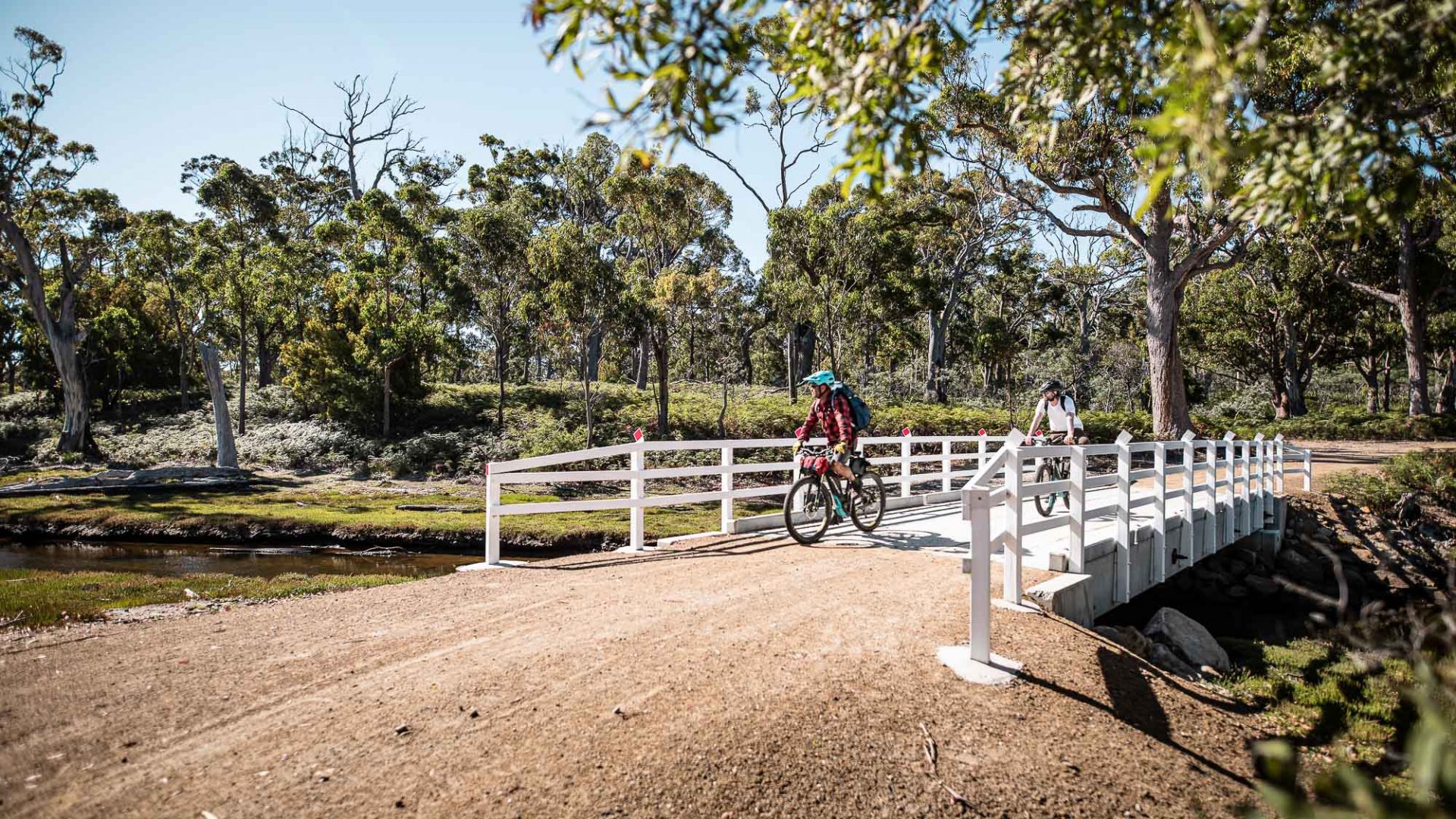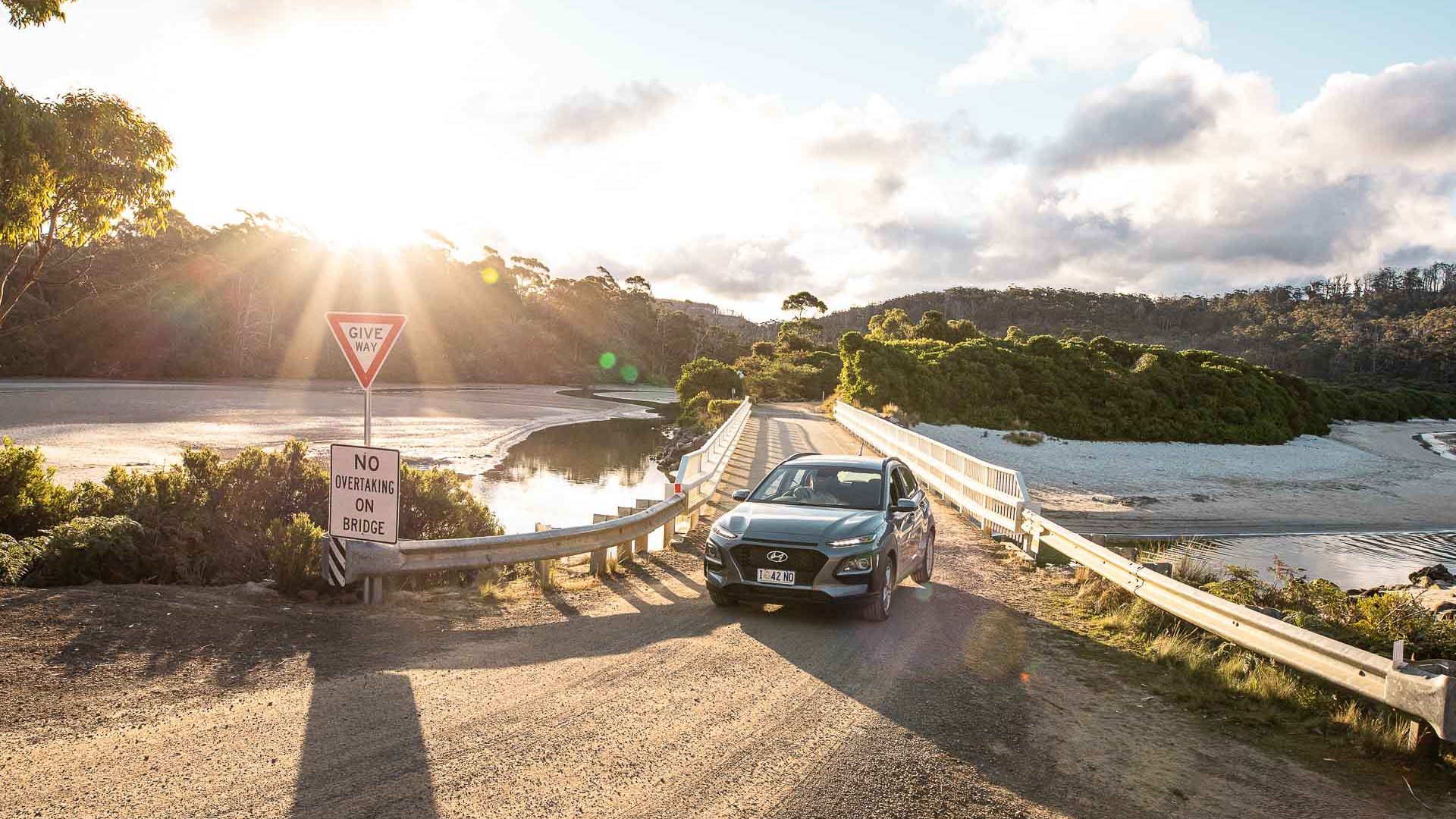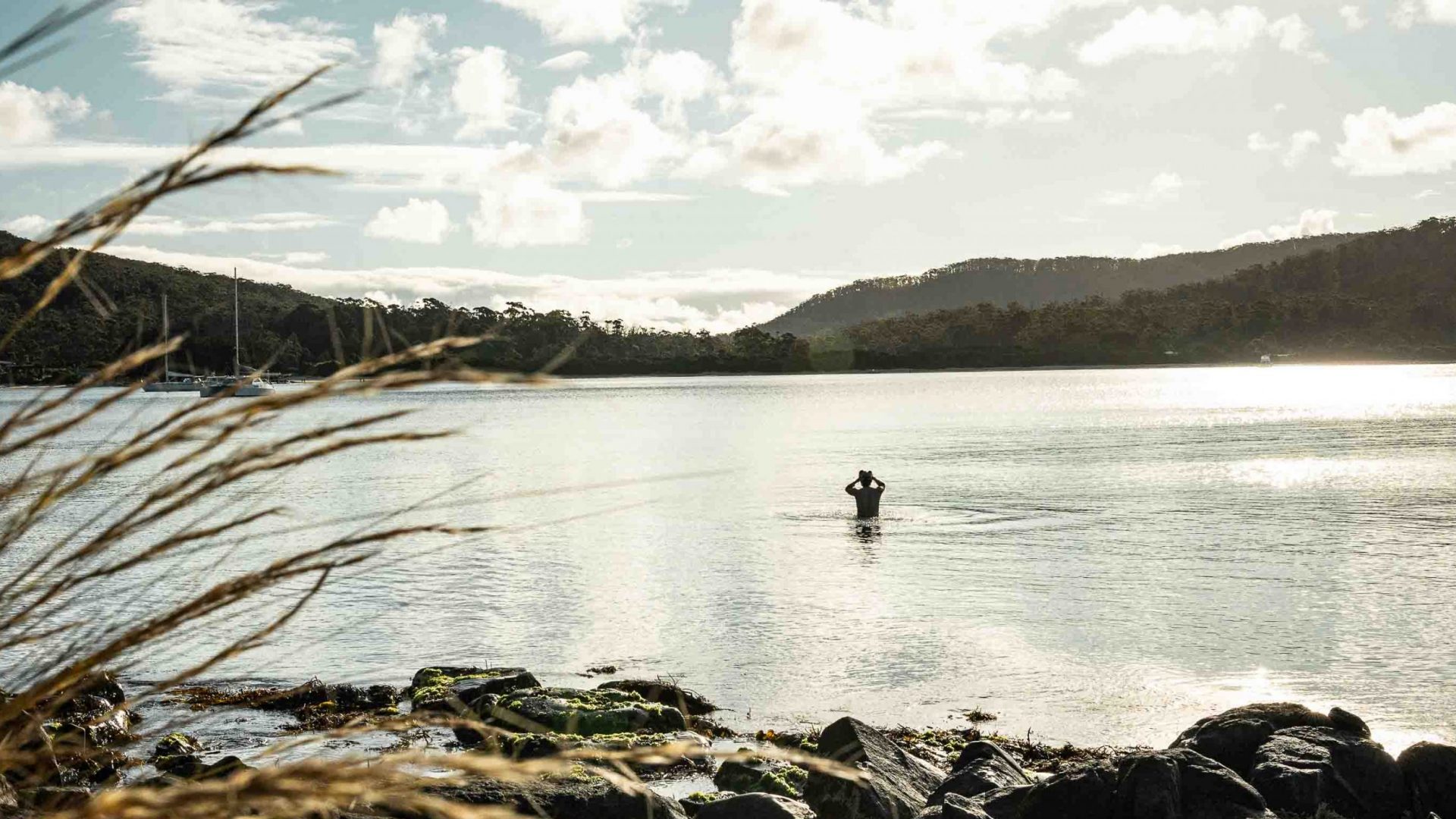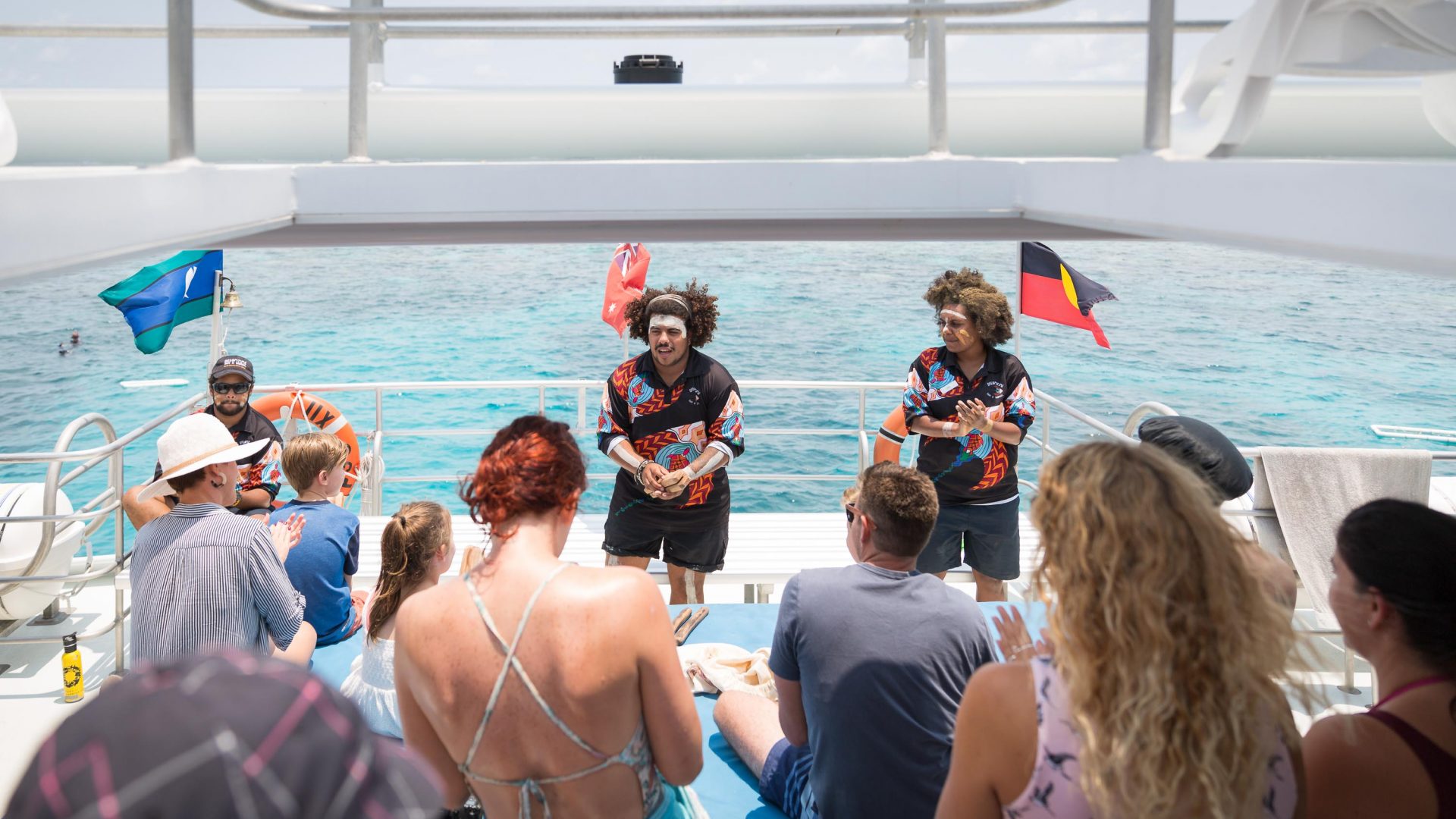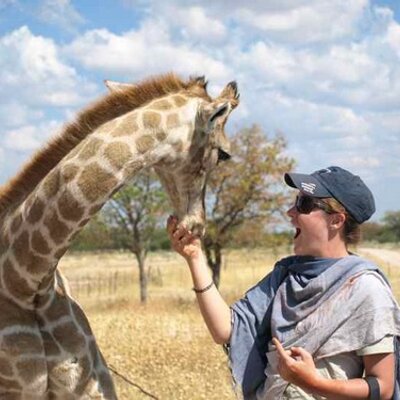As such, Ben runs his adventures on a by-request basis, and only at a cadence that he can square with himself. “I’d be uncomfortable sharing this with anything other than small groups,” he says, as he lays out a small picnic after our climb up Skipping Ridge. Unchecked and unlimited growth is not Ben’s thing, because he knows it can’t co-exist with his desire to protect the places he loves.
Nice bloke, Ben. An adventurer almost by birthright (his father was a waterman, and his mother came from a water-prone family), Ben has spent much of his life traveling, guiding, skiing, diving, mountain biking and sea kayaking. “My view of life has been shaped by nature, and people who love nature,” he says. Warm, welcoming, outdoor-weathered and quick-witted, he feels as much a part of the furniture here as the wombats.
RELATED: Tasmania’s Southern Edge is everything an Australian road trip should be
Ben’s ideas on sustainability were forged in large part by a three-month Canadian sea kayaking expedition he embarked on when he was 19. During the course of the trip, he paddled the Gwaii Haanas in southern Haida Gwaii (some 130 kilometers off the coast of British Columbia) and spent an extended period of time with the Indigenous Haida people. “It was an immersion, I met some amazing people,” he recalls. “How the Haida live makes so much sense—everything was in balance. They still had the things that we’ve lost.”
When Ben returned to Gwaii Haanas some 20 years later, and found the community still living in balance with nature, his beliefs were entrenched even further. Now, he wants to spread those same principles through his work not just on Maria Island but across as much of Tasmania, his home, as he can. “If you don’t have a relationship where nature is your primary provider, and you see nature as your servant, then things begin to erode,” he says. “You start to lose your place in it all.”
